
Gamification Experience: Insight From The Museum
After found various researches and opinions about gamification on the internet, there was one interesting quote by Tobias Brockmann from University of Duisburg, Essen, “Gamification uses game mechanisms where they are usually not expected. This expectation depends on social, historical and cultural aspects. Consequently, there is not the non-game context, but—depending on the target group—players will expect game elements or not.”
Reading that, one conclusion came up in my mind, that gamification needs to be used effectively as a tool of learning. As I read in AMT-Lab website, that “gamification can lead to short-term motivation, but it may not last long”, a good gamification has to give experiences of competence, autonomy and relatedness to the players, putting players as the highlight of the experience itself. Hence, it is important to combine the idea of gamification and user-centered design elements for creating an enjoyable learning tool.
Furthermore, these game design elements should make sense to the user and cause positive changes in players’ minds. These elements must be attached to an activity or an experience. So, what can be more suitable example for that, than the implementation of gamification in museum for learning engagement?
Read More: 4 Questions for Gamification Consultant Selection
ENGAGEMENT & GAMIFICATION IN PRACTICE
Interactive Exhibits at Petrosains
Petrosains is a museum presenting stories of the science and technology of the petroleum industry in a fun way and is located in Kuala Lumpur, Malaysia. Its mission is “to be a STEM learning center that inspires future talents through immersive and imaginative experiences.” It creates visitor experiences that resemble amusement parks, which is a great example for some cultural organizations that target youth or kids.
The life-size offshore oil platform is one of the highlights at Petrosains. Audiences can walk on its two-level platform and operate the apparatus. Museum employees’ role playing is the most interesting part. People operate the equipment wearing overalls and safety helmets. Walking through the time tunnel to go back to the ancient world 200 million years ago is another engaging experience. After walking across a wooden bridge, visitors get a view of a primitive forest with dinosaurs and other prehistoric creatures. People see the detailed volcanic landscape and learn more about the oil formation process from fossils and minerals.
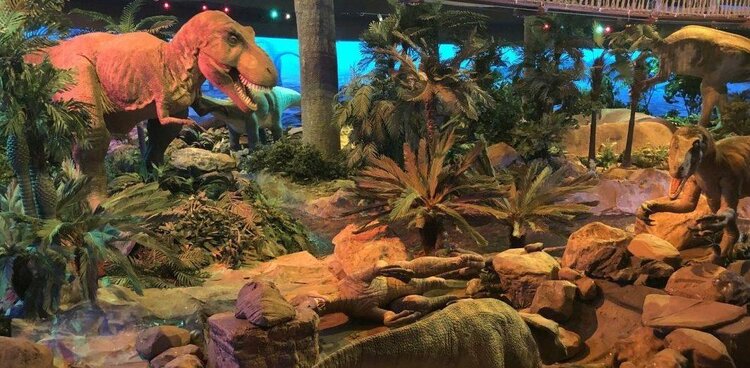
The Louvre and Nintendo, When Museum Marry Entertainment
The Louvre Museum in Paris collaborated with Nintendo to create a 3DS audio guide game, which is an example in partnerships between a museum and an entertainment company. In 2012, Nintendo and the Louvre created the Nintendo DS Louvre Guide, including a GPS and 3D imaging designed specifically for the museum. The guide featured more than “700 photographs, 30+ hours of audio commentary, and high-resolution images, 3D models and video commentaries.” Users can zoom, rotate, or spin art pieces for details.
The guide is educational and informative because it contains works’ background stories, fun facts, and an explanation of the values. People get a great visualized and intuitional view through the 3DS guide because it perfectly replicates the spatial relationships in reality. This guide game enabled 3DS users to visit the Louvre from anywhere in the world and makes the art in the Louvre more accessible. People can have a virtual Louvre tour from their homes, without crowds of tourists and the exhaustion of walking through rooms after rooms.
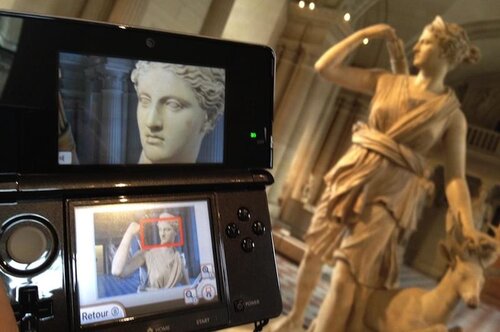
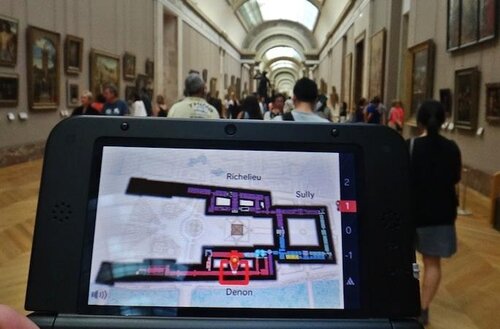
The virtual tour is not only about vision, but also having “gameplay, design, and sound as well, all working in conjunction to create a unique experience.” The Louvre takes advantage of data that the guide collects from users. By analyzing visitors’ interests and journeys, the museum acquires feedback which can be used in its improvement and optimization.
Gamification with Limited Technology: Jamtli Museum
Who says gamification is always involving high-technology stuffs like augmented reality or artificial intelligence? Jamtli in Sweden has prove that engaging gamification experiences can also be created without technology. Located among Jämtland and Härjedalen in Östersund, it consists of an open-air museum with outdoor reconstructed wooden historical buildings and an indoor museum featuring Christian European Viking relics.

Visitors learn the folkloric Swedish history through participation in various role-playing games. Participates are given a “Jamtli time-traveling passport.” Because it is an open air museum with a lot of space, the Jamtli divides different areas into different time periods. Therefore, visitors can experience how people lived in the 18th, 19th, and 20th centuries by walking around the place. People always meet actors who wear corresponding costumes and tell visitors stories from that time period. By collecting stamps of at least five time periods, participants are qualified to enter the jackpot. Activities and games are prepared for people in order to get the stamps.
Remote Gamification: The Great Gotham Challenge
The Great Gotham Challenge (GGC) transferred its offline gamification to an online version. GGC is not like traditional museum experience. Instead, it is a large-scale immersive puzzle adventure in New York City. This may seem like a deviation from gamification in museums, but there are many effective design ideas that can be used in gamification in museums. In GGC, participating teams take the mission from the “Clue Master” and race against each other to find and decode a series of interactive clues that engage rich culture and history. The tasks relate to language, music, history, art, puzzles, and code deciphering.
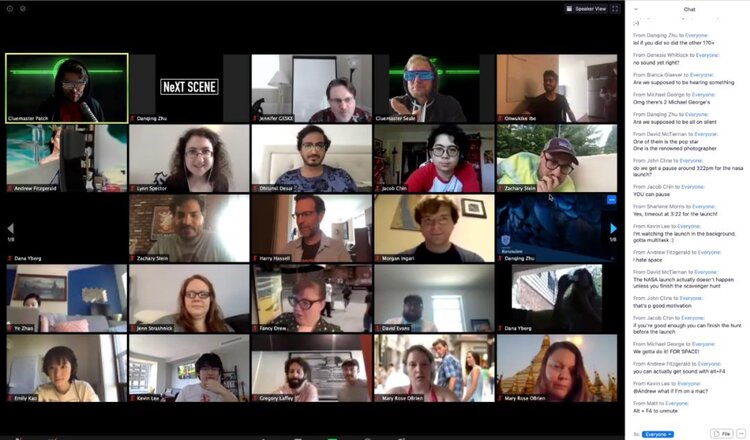
Article source: amt-lab.org – Implementing Gamification for Museum Engagement (wrote by Yuxin Du, published May 20, 2021)
Related Posts

Gamifikasi, Bisakah Jadi Solusi Peningkatan Engagement Pegawai Perusahaan?
Menjaga pegawai perusahaan tetap terlibat dalam pekerjaan, terutama untuk tugas seperti pelatihan tahunan atau...

Game-Based Learning dan Gamification: Cara Sederhana Tingkatkan Motivasi dan Keterlibatan Peserta Training
Game-based learning dan gamification adalah dua pendekatan pembelajaran yang telah terbukti efektif untuk...
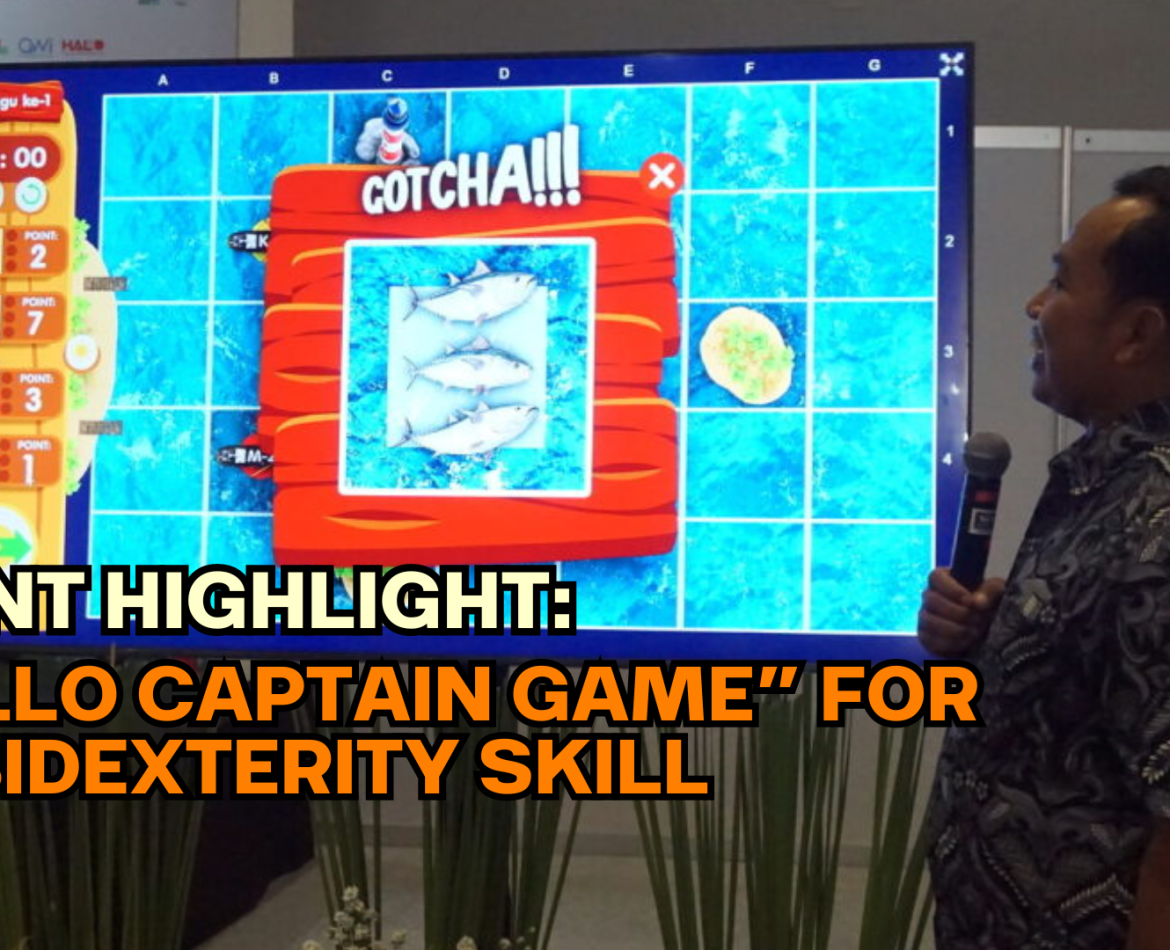
Pelajari Ambidexterity, Agility, dan Leadership Skill untuk Smart City melalui Game-Based Learning (ASECH Indonesia Open Forum)
Akhir Agustus 2023, Kummara berpartisipasi dalam sesi ASECH Indonesia Open Forum: "Ambidexterity, Agility, and...

